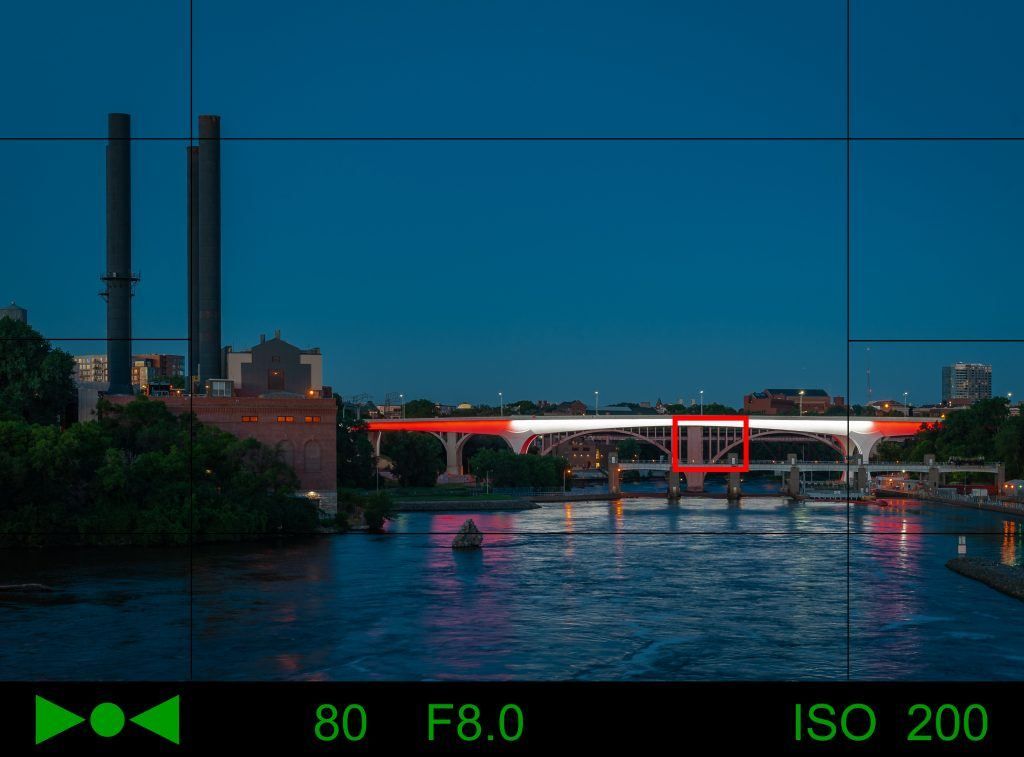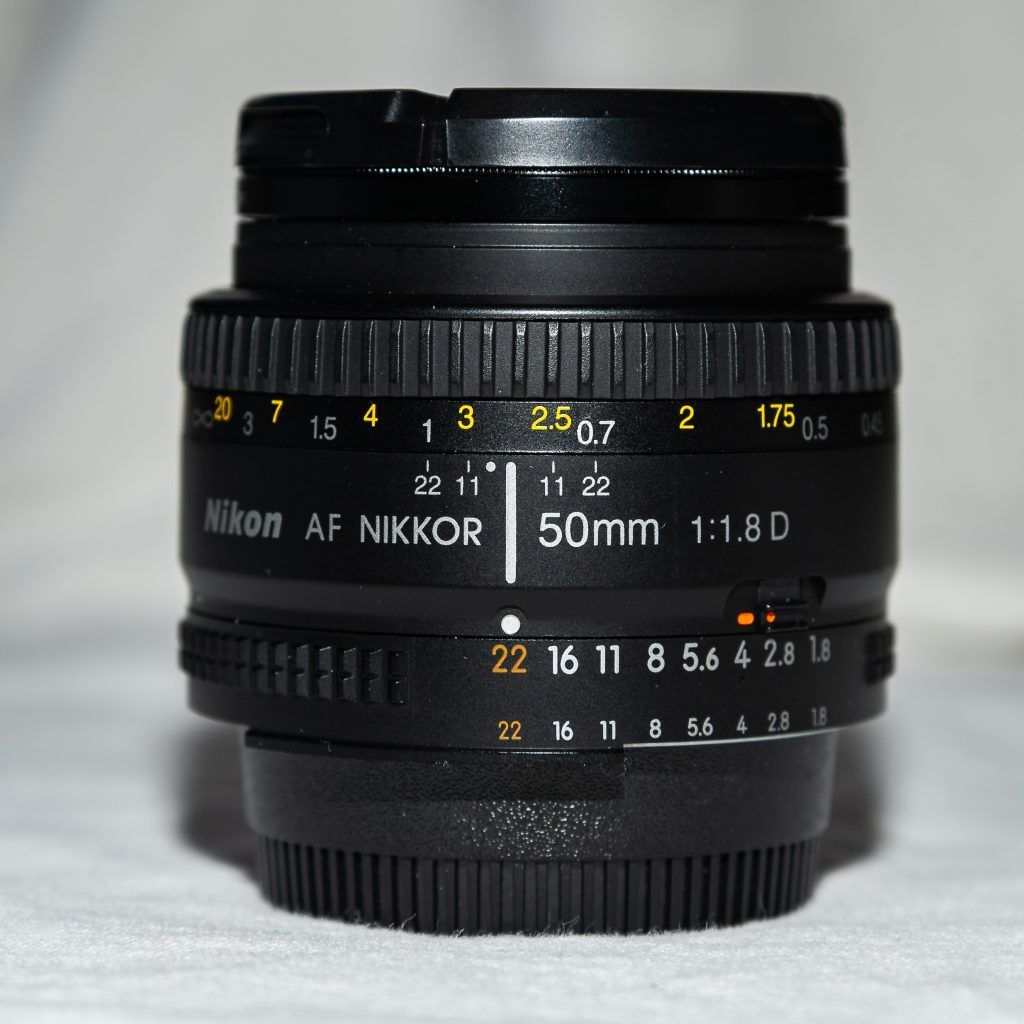Technology has always been at the forefront of photography. Camera manufacturers always seem to be boasting about a new feature or improvement to existing ones. One technological advancement that has heavily influenced photography over the last 40 years is auto focus. The process may have been clunky and unreliable in its infancy, but today’s cameras are so good at acquiring focus that many photographers don’t learn to focus manually.
Despite the near-perfect performance of today’s auto focus systems, there are reasons why you’d want to know how to manually focus a lens:
- You’ll encounter scenes where auto focus won’t get the job done.
- Maybe it’s a requirement for a challenge or assignment.
- Many excellent lenses don’t have an auto focus drive mechanism.
- Some people prefer to do the job themselves.

With auto focus’ popularity and success, manufacturers have optimized their digital cameras for auto focus and removed some of the analog tools that aided manual focusing. This results in it being a little more difficult to be sure your subject is in focus by simply looking through the viewfinder. Fortunately, they have given us some digital tools to aid us, and there are a few other things that can help make sure we get the focus set where we want it!
In this article, we’ll discuss:
- why it’s important to be familiar with your gear,
- how to set yourself up for success by using your diopter,
- how your camera lets you know when your subject is in focus,
- what zone focusing is and how you can use it to your advantage, and
- some basic tips for getting started out in the
field.

Photo by Aaron Seefeld
Recommended Resource: Want to expand your shooting skills in a matter of days? Drop those lengthy photography manuals and grab a set of 65 printable project sheets that will help you master photography, fast: Action Cards.
Know Your Gear and Yourself
This might seem like an odd statement, but it’s important to know how your camera body and lenses work to avoid damaging them. Make sure you’re comfortable with switching between manual and auto focus modes on your camera body and all of your lenses. Some lenses require both the camera and lens to be in manual. Some lenses only need one or the other to be in manual. Some lenses don’t have a switch and rely on the camera’s setting. Others allow you to manually focus at any time whether the auto focus system is engaged or not. It’s imperative to be familiar with these requirements so you don’t break the focus mechanism by cranking on the focus ring with auto focus engaged (unless it’s designed to work that way)!
Make sure you're comfortable with switching between manual and auto focus modes on your camera body and all of your lenses.
It’s also important to know if you have any quirks with your vision and to adapt accordingly. I’m nearsighted and have astigmatism in both eyes. If I’m wearing my glasses, I don’t have too much trouble seeing clearly. When I wear my contacts, I can’t focus on anything closer than two feet away because of limitations in how they correct for the astigmatism. That makes focusing through the viewfinder and using live view extremely difficult. Since I know that’s a problem, I wear my glasses as much as possible when shooting. If I’m wearing my contacts, I hope that auto focus will work! If it doesn’t, I rely on the camera to tell me if the subject is in focus. We’ll talk about how to do that later.

Photo by Aaron Seefeld
Set Your Diopter
The diopter is a device that adjusts the clarity of your viewfinder. It is an important tool for manual focusing because it’s impossible to get proper focus when you have to guess at how far out of focus the viewfinder image needs to be for the actual image to be sharp.
To set your diopter, put the camera on a tripod or other stable surface, auto focus on something, and take a picture. If the focus is spot on, look through the viewfinder and adjust the diopter until the image is as clear and sharp as you can get it. The numbers and symbols at the bottom of the viewfinder should also be sharp when the diopter is set properly.
Check your diopter settings periodically. In theory, it shouldn’t need to be changed unless your eyesight changes. In reality, the adjustment knob could get bumped if your camera gets jostled around in your bag. If someone else gets their hands on your camera, who knows what they’ll change.

Photo by Aaron Seefeld
Use Focus Confirmation
Most camera systems have some sort of focus confirmation indicator. We’ll talk about Nikon’s focus confirmation system since that’s what I’m most familiar with. You should be able to adapt the process for your own camera. Check your manuals to learn how.

Photo by Aaron Seefeld
Nikon’s newer DSLRs use two opposing arrows pointing toward a dot in the middle of them. Their older cameras just have the dot. This feature is tucked in the bottom-left corner of the viewfinder, like what’s shown in the image above. When only the dot is showing, it means your subject is in focus. If one of the arrows is showing, it means you need to turn the focus ring in that direction (pointing to the right means turn the ring clockwise and left means counterclockwise). Both arrows showing without the dot means that the camera cannot find the appropriate focus. A blinking dot means the subject is moving in and out of focus. If your camera doesn’t have the arrows, the dot means your subject is in focus; if nothing is visible, it means you need to keep adjusting the focus ring.

Photo by Aaron Seefeld
How does the camera know what your subject is? The same way it does if you’re auto focusing! If you have all your focal points activated, the camera will tell you when the closest object is in focus. If you want to focus on a specific part of the scene, change to a single focal point, place it on your subject, and adjust the focus ring until you see the dot. In the image above, I outlined the focal point I chose in red so it’s easier to see.
If you want to focus on a specific part of the scene, change to a single focal point, place it on your subject, and adjust the focus ring until you see the dot.
Typically, there will be a bit of leeway on what the camera thinks is in focus. For example, if you envision a clock face on your lens and put a reference point on the focal ring to use as the hour hand, the camera might say your subject is in focus between 10:00 and 11:00. That’s a bit of an exaggeration on how much leeway there usually is, but bear with me. Odds are the resulting image will be sharpest at a specific point within that “hour.” On my camera, it’s around 10:10. Practically speaking, it’s just after I see the rightward pointing arrow change to the dot when I’m turning the ring clockwise. Your sweet spot may vary, so take time to learn what works best for you.
Use Live View
Live view is a more accurate way of obtaining focus manually than peeping through the viewfinder because you can magnify the image on your review screen to see very fine details. It’s a slower and more deliberate process than just getting the dot in the viewfinder, and it chews up your battery faster, but the end result is worth the time spent. This method works best when using a tripod or other means to stabilize the camera.
As the name implies, what you see is truly a live view of what your image will look like – exposure, depth of field, and all! The slightest change in focus can make or break your image, especially with shallower depths of field. Being able to see the effects of such slight changes will help you get the best results possible.
Another advantage is the ability to focus anywhere in the scene. The focal points in your viewfinder are going to be bunched up in the center of the frame, making it difficult to focus on elements toward the edges. When using live view, you can zoom in all the way to the edges and corners if that’s where you want your focus to be.
Another advantage (of Live View) is the ability to focus anywhere in the scene.
Using live view is fairly straightforward. Activate the feature, zoom in as far as you can on your subject, and adjust the focus ring until the image you see on the screen is sharp. Once you’ve acquired focus, take your shot. Simple, right?
It is, but like with using focus confirmation you’ll have to know your camera to get the best results. I currently own three different bodies that have the live view feature, and they are all a little different from one another in how pixelated the image renders on the display. Take time to play around with your camera. Study how it behaves and what kind of quirks it has. Over time, you’ll learn what a well-focused image looks like on your screen and become more confident in using the technique.
Recommended Resource: Want to expand your shooting skills in a matter of days? Drop those lengthy photography manuals and grab a set of 65 printable project sheets that will help you master photography, fast: Action Cards.

Photo by Aaron Seefeld
Try Zone Focusing
This method is useful when you don’t have a lot of time to react to a dynamic scene, and still provides very good results. It involves calculating the depth of field to find the distance range where your subject will be in focus. You pre-focus your lens, and when your subject is within range, take the shot!
Huh?
Let’s say I’m on the street with my D700, a 50mm lens set to an aperture of f/8, and I put my subject distance at 15’. Now, let’s say I see a person in the distance walking toward me that I want to photograph. If I take the picture when that person is 15’ away, they’ll be in perfect focus. Because of the depth of field I get from that combination of parameters, I can take the picture when the person is anywhere between 11’ and 26’ and they should be in acceptable focus. If I change my aperture to f/4, my window for shooting narrows to 13’ to 19’.

Photo by Aaron Seefeld
How am I supposed to know the range?
The easiest way is to use a depth of field calculator. There are several available on the internet. Find one and enter the information it asks for. Usually, that’s going to include your camera model or sensor size, focal length, aperture, and subject distance. The calculator will figure everything else out for you.

Photo by Aaron Seefeld
Some lenses will have it marked out for you on the barrel! The range is found by setting your subject distance and then reading the distances that line up with the markings for your selected aperture. The image above illustrates this. It shows my Nikkor 50mm f/1.8 D lens, which has depth of field markings for f/11 and f/22. The yellow numbers on the focus ring are the distance in feet. The white numbers are the distance in meters. The subject distance is set to roughly 2.8’ (.85m). If the aperture were set to f/11, everything 2.5’-3’ (.76m-.91m) away would be in focus. If the aperture were set to f/22, the range would increase to 2.3’-3.3’ (.7m-1m).
Having said this, you do have to be careful. Many older lenses that have these markings were made in the days when 35mm film was the norm, so they’ll be accurate with 35mm and full frame cameras. If you have a different sensor size, the numbers will be off a little bit. Also, not all of the apertures and distances are marked, so you’ll have to do some interpolating.
Practice!
Seriously. It’s just like learning how to ride a bike or hit a baseball. The more you practice, the easier it’ll get.
Like learning any new skill, manually focusing your camera will be a bit awkward at first. If you struggle a bit, don’t get discouraged. Slow down and take your time. Start with your camera on a tripod and shoot static scenes. That way, you won’t have to worry about losing your composition or your subject moving while you adjust the focus ring. It may help to start with big, jerky turns of the ring back and forth, then taper down as you hone the focus. As you get comfortable, work on hand-holding the camera and/or shooting moving subjects. Keep challenging yourself as you become more proficient. Stick with it and the process will become second nature to you before you know it.
Recommended Resource: Want to expand your shooting skills in a matter of days? Drop those lengthy photography manuals and grab a set of 65 printable project sheets that will help you master photography, fast: Action Cards.
Self-Check Quiz:
- Why might you want to manually focus on your subject when auto focus is so good these days?
- Why is it important to be familiar with how your gear operates?
- Why is it important to make sure your diopter is set correctly?
- True or false: You can use your camera’s focal points when focusing manually just like you would when focusing automatically.
- What makes live view such a powerful tool when manually focusing?
- When would using zone focusing be useful?













